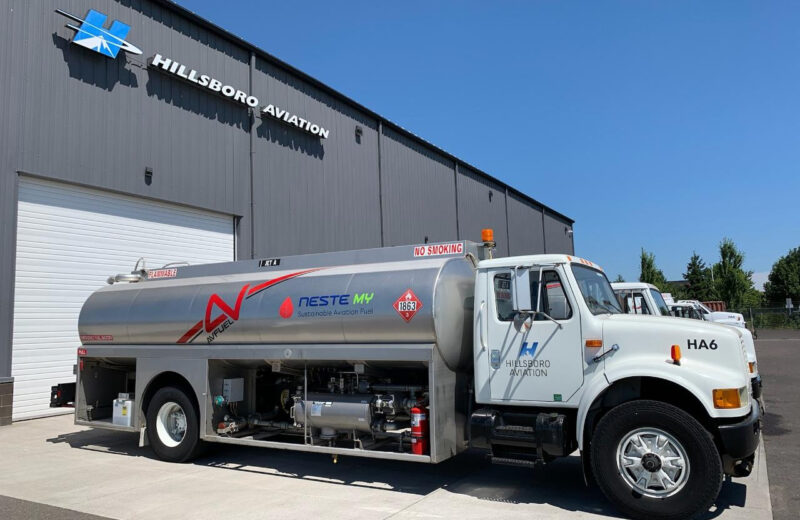SAF gets ‘strategic’ tag in EU’s plan to cut carbon emissions

In a landmark decision, the European Union has declared sustainable aviation fuels (SAF) a strategic technology in its fight against climate change. This pivotal move, following months of extensive discussions between the Council and Parliament, is enshrined within the newly signed Net-Zero Industry Act.
The NZIA is expected to ease approval processes and reduce bureaucratic red tape for new projects. “Technologies to produce sustainable aviation fuels will be facilitated. Permits for factories producing SAF technologies will be shorter and easier, with more administrative support from States and EU,” said a spokesperson for Renew Europe while speaking to SAF Investor.
As per the NZIA definition, synthetic aviation fuels, aviation biofuels, recycled carbon aviation fuels and hydrogen aviation fuels will qualify as strategic technologies for EU’s decarbonisation. The NZIA’s decision to class SAF as strategic aims at ensuring a level playing field for sustainable air transport.
The Council adopted the RefuelEU Aviation law in October 2023 to decarbonise the aviation sector by setting targets for aviation fuel suppliers to incorporate 2% SAF in 2025, 6% in 2030 and 70% in 2050. Moreover, the directive also ensured that from 2030, 1.2% of fuels must also be synthetic fuels, rising to 35% in 2050.
“The new regulation will provide easier conditions and the much-needed certainty to investors and early adopters of SAF. Having SAF inside the tent as a strategic net-zero technology means that the EU has recognised the huge potential for decarbonisation it presents, and is making steps to break down barriers to deployment at scale, including fast-tracking permits and cutting red tape for market access,” said Agata Lyznik, director of communications and media, Airports Council International (ACI) Europe, while speaking to SAF Investor.
ACI represents five leading European aviation associations representing Europe’s airlines, airports, civil aeronautics industry and air navigation service providers.
Although ACI welcomed the inclusion of SAF in the strategic technologies umbrella under the NZIA, it said that more needs to be done.
“The international race to become a SAF leader has started and further policy incentives to scale up the production and uptake are required for Europe to become a leader in the global competition for SAF. These include the extension of the SAF flexibility mechanism beyond 2034; the extension of the current 20m allowances threshold and 2030 time-limit under the SAF allowances mechanisms; increased financial support for development of SAF, including through the Innovation Fund, as well as simplifying the administrative procedure for accessing these funds,” added ACI.
Presented by the European Commission in March 2023, the NZIA aims to speed up the deployment of technologies that can contribute to meeting the EU’s net-zero emissions target. It came in response to the massive Inflation Reduction Act, however it is nowhere close to the billions offered by the US.
The roadmap lays out the plan to cut Europe’s emissions by as much as 90% below the 1990 levels by 2040, which some observers call as extremely ambitious. The targets require a steep climb. Despite planned policies, current projections fall short of the 55% emissions reduction target for 2030, instead landing at 48%.
This gap presents a crucial challenge, but an opportunity for improvement. By June, member states have a chance to bridge this gap by submitting more ambitious climate plans.
Subscribe to our free newsletter
For more opinions from SAF Investor, subscribe to our email newsletter.
